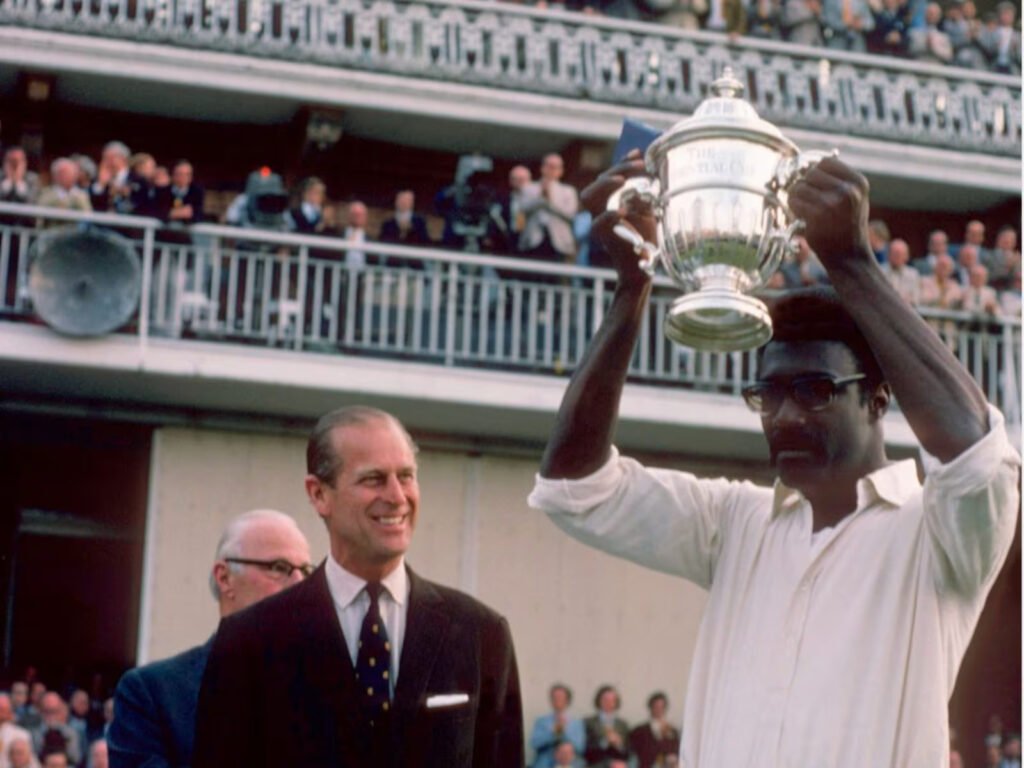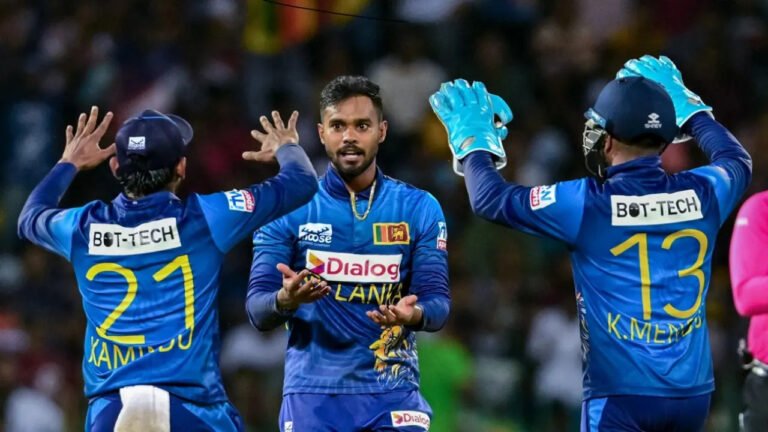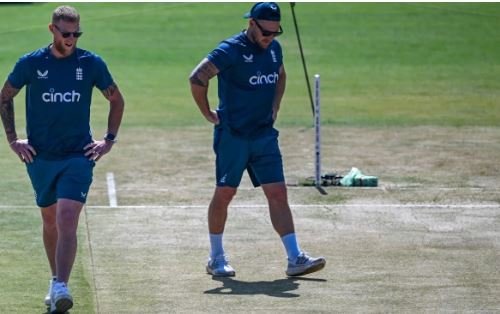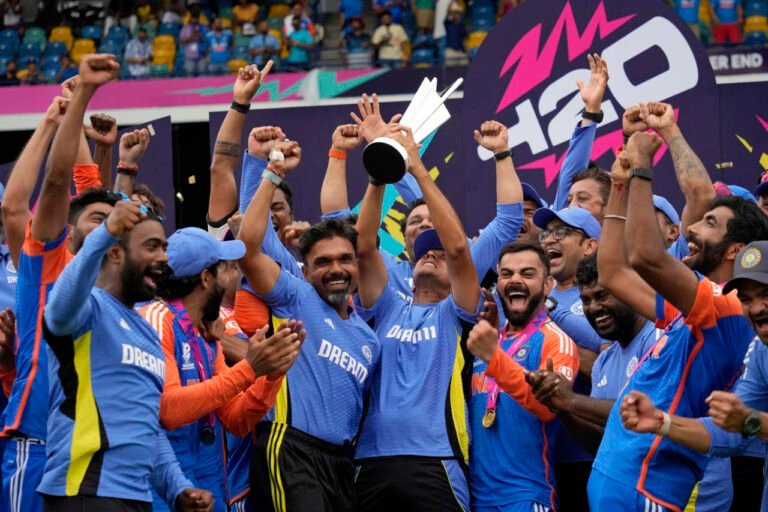1975 Cricket World Cup Final: West Indies’ Historic Triumph
The 1975 ICC Cricket World Cup Final marked a significant moment in cricket history, held at the prestigious Lord’s Cricket Ground in London on June 21, 1975. The match witnessed an intense battle between West Indies and Australia, culminating in West Indies’ triumphant victory by 17 runs.
Clive Lloyd’s exceptional performance earned him the Player of the Match title, showcasing the prowess of West Indies cricket on the global stage. West Indies won Group B, securing their spot in the knockout stages. The group defeated Pakistan, Sri Lanka, and Australia in all three of their games. Subsequently, the opposition opened wonderfully against New Zealand in the semi-final, but once Glenn Turner was removed from the game, the wickets dropped, and the West Indies got the necessary 158 to advance to the final.
Australia, who had only lost to the West Indies, advanced to the knockout stages in second position. However, they did overcome Sri Lanka and Pakistan to advance to the semi-final to face England. In the English innings, Gary Gilmour claimed six wickets to propel his team to the championship.

Match Analysis
On June 21, midsummer of that year, a bright day, the inaugural Cricket World Cup final was played in front of a crowd that could accommodate 26,765. In an attempt to take advantage of the perfect bowling conditions, Australia won the toss and encouraged the West Indies to bat. The first dramatic incident occurred when Dennis Lillee’s bouncer, which opener Roy Fredericks hooked for six, was hit by the bails after he lost his balance and knocked them off the stumps.
When West Indian captain Clive Lloyd and seasoned bowler Rohan Kanhai came to bat, Australia was ahead 50/3. By putting on 149 for the fourth wicket, the two turned the tide of the game in favour of the West Indies. While Lloyd took on the Australian bowling attack and survived a dropped catch on 26 to make a spectacular century off 82 balls with 12 fours and 2 sixes, he was removed for 102 shortly after. Kanhai performed the anchor position, failing to score for 11 overs.
In his final match for India, Kanhai struck a crucial fifty-five, and the West Indies ended their innings at 291/8 with to strong contributions from Keith Boyce and Bernard Julien. Strong left-arm seamer Gary Gilmour, who bowled 5/48 to support his outstanding semi-final showing, was the best Australian bowler.
The Australians’ run chase got off to a fairly steady start; after 20 overs, they were at 80/1 thanks to speedy outfield and an easy pitch for Alan Turner and captain Ian Chappell. After failing at the bat, Viv Richards then made his imprint on the game with the next three run-outs. He first swooped in and removed Turner with a close-range straight hit before forcing Greg Chappell to drop a straight hit following a small misfield. Arriving to help his captain steady the ship was Doug Walters.
With 21 overs remaining and Australia at 162/3, Chappell faced his opposite captain and pushed a ball to the left of mid-wicket, initiating a run. He hesitated a little when he saw Richards coming, but he soon got going again when Richards misplayed the ball. However, Richards recovered quickly and returned to Lloyd at the bowler’s end, catching him short of the crease. If the batters had not delayed in any of the scenarios, they most likely would have made the run.

After Lillee replaced Jeff Thomson as the final man in, Australia needed to win seven overs with 59 runs needed. Together, they pulled off an unexpected last-wicket stand to keep the game going. When Lillee hit a no-ball to Fredericks at extra cover off Vanburn Holder with three overs remaining, the game reached an improbable finale, and the fans rushed onto the field oblivious to the umpire’s call.
Fredericks tried a run-out in the midst of the confusion, but he failed, and the ball vanished into the crowd. Between the wickets, Lillee and Thomson continued to sprint till the crowd dispersed. The umpires opted to award Australia two runs when play restarted. Thomson objected, and they gave him three runs.






